Europe’s worst drought in 500 years, wildfires engulfing farmland, sweltering heat waves, pollution clogging our waterways and atmosphere – we’ve all read the headlines and felt the effects. But who is working to slow down climate change? Environmental and sustainability technologies are a revolutionary powerhouse driving forward a booming industry. We’ve gathered some noteworthy stories in this thriving sector and highlighted their innovations, how they’ve made their place in the battlefield against climate change, and what the future might hold for them (and us).
First, Let’s Look at the Industry Overview
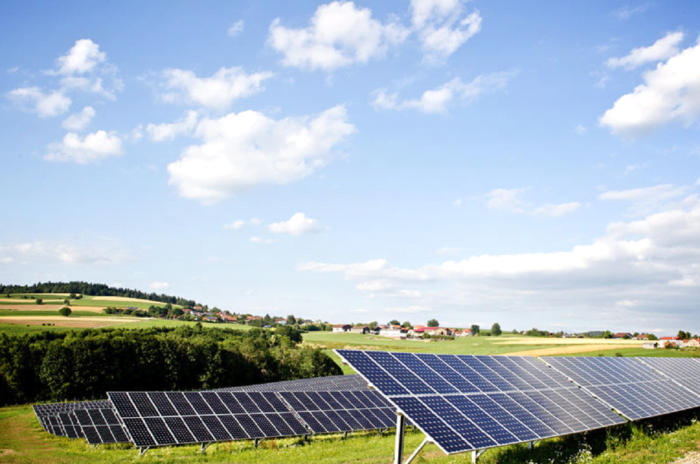
Vantage Market Research found that the global green technology and sustainability market revenue size stood at $10.9 Billion in 2021. It is expected to reach $44.4 Billion by the year 2028 and is forecasted to continue to grow, exhibiting a Compound Annual Growth Rate (CAGR) of 26.4%. Seven sectors make up the industry: energy, building, transport, water and waste management, ICT (energy-saving equipment), agriculture, and forestry. In 2017, the global market for environmental technologies, goods, and services reached $1.12 trillion. The market is expected to continuously grow as innovators across the world bring their solutions to various aspects of the climate crisis. The businesses at the front of this developing sector are both new and old, reaching out with revolutionary ideas and plans to aid in saving the planet.
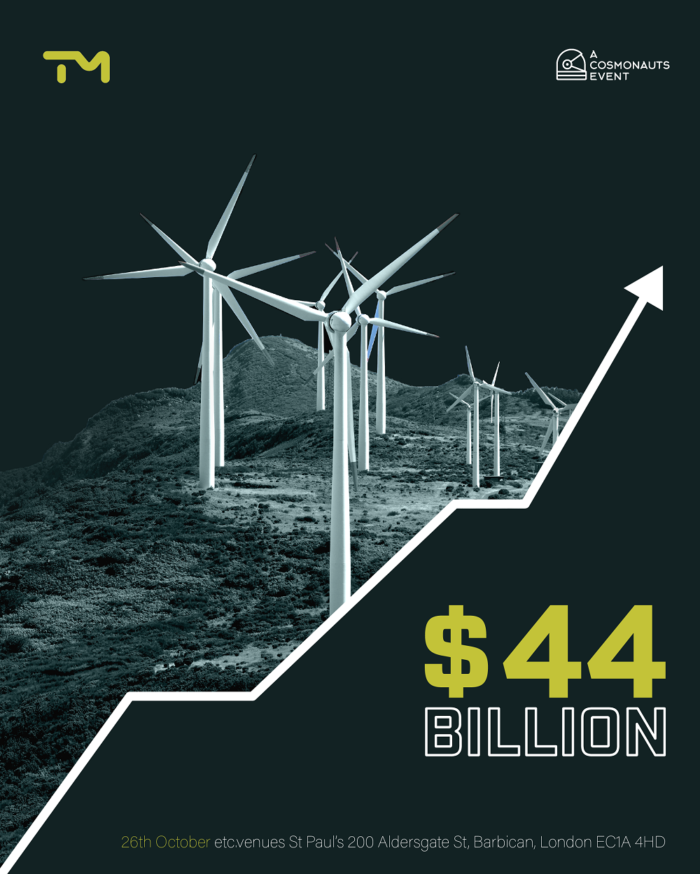
As the market expands, players from other industries reach out to take part in this newly-booming sector. Large corporations have launched sustainability campaigns and “green” products. Consumers, as they read about and feel the effects of the crisis, often support these moves, taking personal responsibility in place of government or major corporation action. Investors propel the industry forward as start-ups break through the crowd, and crowd-funding offers a floor to the public to get their hat in the ring.
[Key Numbers: The global green technology and sustainability market revenue size stood at $10.9 Billion in 2021; it is expected to reach $44.4 Billion by the year 2028 and is forecasted to continue to grow, exhibiting a Compound Annual Growth Rate (CAGR) of 26.4%; in 2017, the global market for environmental technologies, goods, and services reached $1.12 trillion.
Nespresso, a Division of Nestlé, Aims to Be Carbon-Neutral by the End of 2022
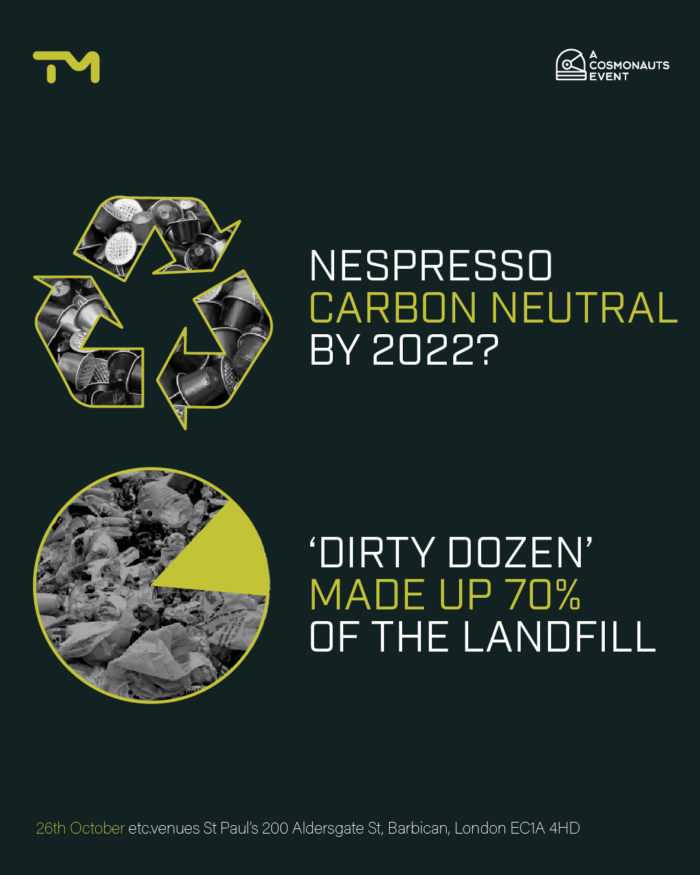
Nespresso set a goal for every cup of their coffee to be carbon neutral by the end of 2022. This means that, from crop to cup, they will balance their emissions. The company produces pods containing coffee beans – these were originally single-use capsules that could not be recycled. They have since developed the world’s first coffee pods made of 80% recycled aluminium, an infinitely-recyclable material. The aluminium is also sustainably sourced, and compliant with the Aluminium Stewardship Initiative (ASI) standard. Other moves have been made by the company in an effort to lessen their environmental impact, such as the production of energy-efficient machines, tree-planting on and around coffee farms, and the development of a programme that works to safeguard the communities around their coffee farms from the effects of climate change.
Nestlé, the parent company of Nespresso, is among the ‘Dirty Dozen’ – a handful of the most powerful, influential, and polluting companies. Other large companies, such as Starbucks, Disney, and Nike, have also created campaigns and sustainable products to secure their place in a market gearing up for change – while still facing scrutiny for wasteful and harmful practices. In our highlights of the good happening in environmental technology, we talked about the Million Mile Clean, a campaign put in motion by Surfers Against Sewage (SAS) – their annual audit analysed polluting items picked up across the UK by devoted activists and discussed the damage done by the Dirty Dozen. Over several thousand miles of natural spaces cleaned, they reported that these twelve companies make up over 70% of the packaging pollution collected. Read more about SAS and their findings and other positive actions being taken to protect the environment below.
[Key Statistics: Nespresso set a goal for every cup of their coffee to be carbon neutral by the end of 2022; the ‘Dirty Dozen’ made up over 70% of all packaging pollution collected during the Million Mile Clean.]
Bowery Receives $300 Million for a Warehouse Farm in New Jersey
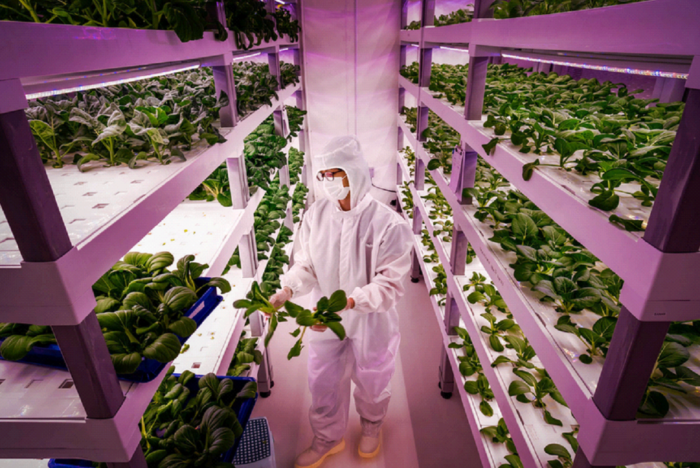
Utilising complex AI software, Bowery has capitalised on indoor – or, as they call it, “post-organic” – farming. Bowery produces pesticide-free (a controlled environment means no bugs!) greens that are now sold in 850 stores. In 2021, they announced that they had secured $300 million in a round of funding and set their value at $2.3 billion.
The vegetables are grown in a planned, dedicated warehouse-turned-vertical-farm. Growing produce indoors has been fine-tuned over recent years, from automated robot ‘farmers’ to colour-tuned LED lights perfectly simulating sunlight. A controlled environment allows the farmers to design a space for the plants to thrive in the most efficient configuration. Vertical farms utilise the same footprint of the traditional farm with dedicated, floor-to-ceiling shelving units which replace plotted land – thus reducing the need for impactful machinery. These farms use 70-90% less water than traditional agriculture farms, often recycling water that would otherwise go to waste with poor irrigation. With such a meticulous and wide variety of control, indoor farming can be more expensive than traditional farming or greenhouses. But the long-term benefits may outweigh the initial costs for those with deep pockets; vertical farms can yield 3-6 times more than the average, typical farm, and by utilising these indoor spaces for specific crops, more arable land becomes available for others. With the world’s population expected to reach 10 billion as early as 2050, a lot of farmable land will be lost to urbanisation and the climate crisis – and the demand for food will increase. Vertical farms can help ease the pressure on the agricultural industry.
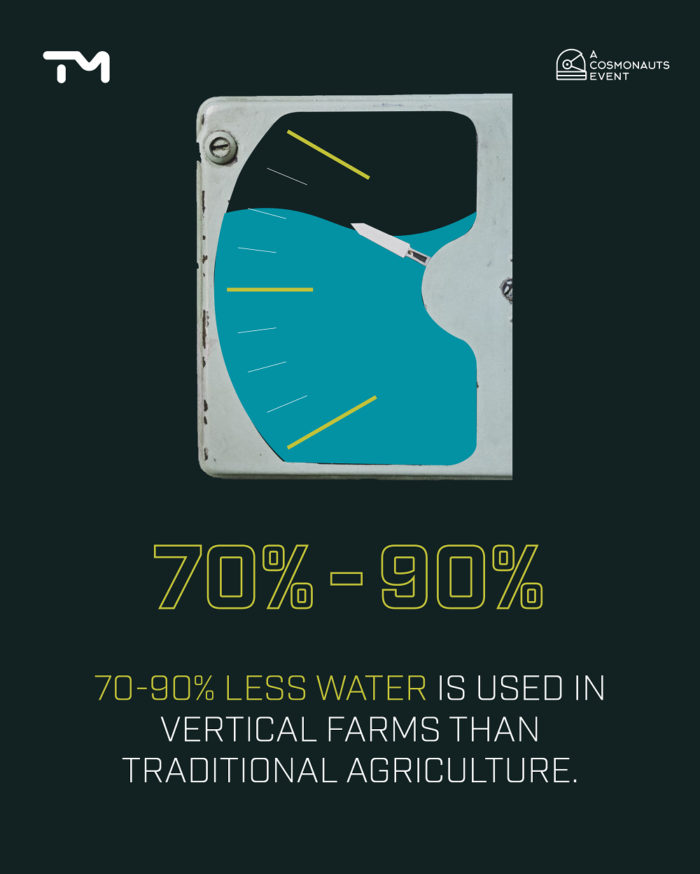
The global indoor farming industry market size was estimated at $39.5 billion in 2021, and is estimated to keep growing, expected to hit $44.3 billion this year. Despite the high costs, they provide aid to an ongoing and worsening crisis – a truly priceless service.
[Key Statistics: 70-90% less water used in vertical farms than traditional agriculture; vertical farms yield 3-6 times more product; the world’s population is expected to reach 10 billion as early as 2050.]
[Key Numbers: Bowery secured $300 million in funding and set their value at $2.3 billion; the global indoor farming industry market size was estimated at $39.5 billion in 2021, and is expected to hit $44.3 billion this year.]
As the climate crisis advances, so do talented researchers, activists, and groups in their missions to utilise technology for a better, safer future. Smaller projects are just as important as any multi-million dollar start-up – learn more about some of the fantastic environmental projects happening across the world in our good news blog.
Energy for the Future
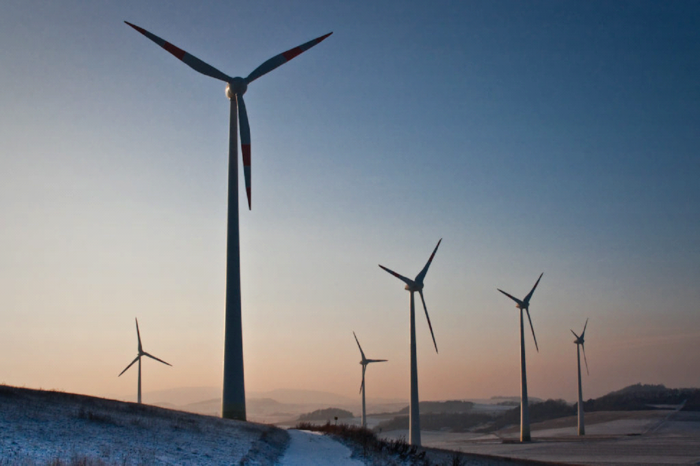
Renewable energy is one of the key players in the environmental tech industry, expected to register an annual growth rate of 8.5% and collectively providing more than 7% of the world’s energy. In 2020, the public invested $17 billion into the industry. As profits increase, so does competition – start-ups promise revolution to the field and drive new ideas into the future, while still competing with the big companies. General Electric, the century-old American powerhouse, for example, aims to utilise multiple forms of renewable energy to power remote communities and demanding cities across the world. However, the crisis at-hand requires fast-paced innovation – something older and larger companies seem reluctant to jump at while they still profit from out-dated techniques.
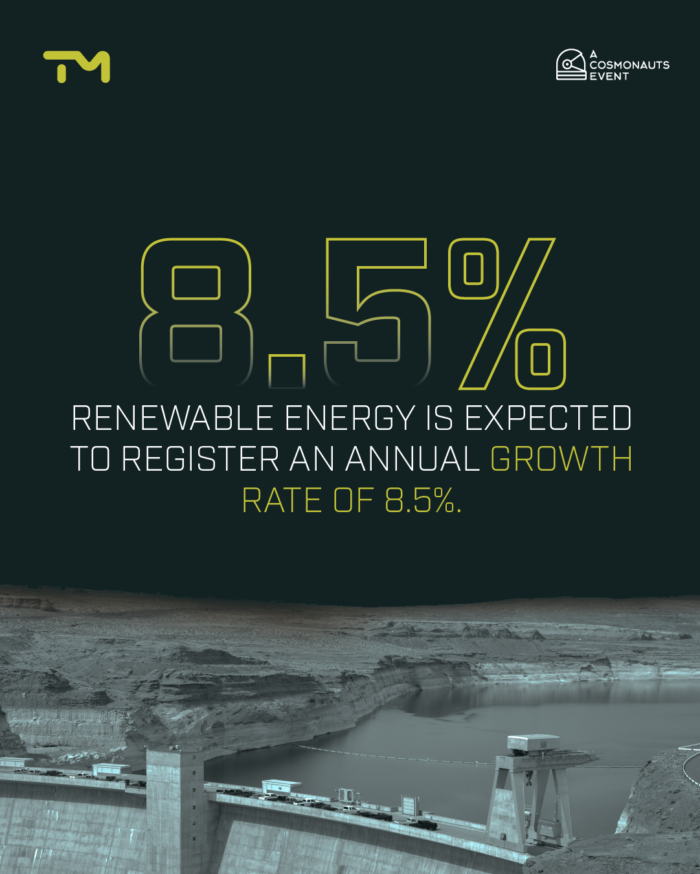
Orbital Marine Power is a Scottish start-up that developed a unique floating platform which harnesses the power of strong tides; they’ve secured over $22 million in funding. FUERGY is a Slovakia-based company that utilises its own AI software to optimise energy consumption for the average household. Heliogen attacks the CO2 problem by harnessing solar energy in the form of “HelioHeat”, a heat that can power industrial processes (steelworks, heavy equipment, cement, etc.); they’ve also developed alternatives to fuel and power that is used in data centres.
Start-ups have been crucial to the energy transition, and will continue to be in future years. The German environment minister Svenja Schulze commented on the topic: “Without the relevant green start-ups, the renewable power sector wouldn’t have developed the way it did.” By diversifying the options available to energy suppliers and developing technologies that aid in avoiding fossil fuels, we can abandon out-dated, harmful sources of energy – and as the industry grows, so do these options and opportunities.
[Key Statistics: Renewable energy is one of the key players in the environmental tech industry, expected to register an annual growth rate of 8.5% and collectively providing more than 7% of the world’s energy; in 2020, the public invested $17 billion into the industry.]
[Key Numbers: In 2020, the public invested $17 billion into the industry; Orbital Marine Power secured over $22 million in funding.]
Tomorrow Matters
Environmental technology provides a unique pathway to coping with catastrophic change in our world – and you can be part of the revolution! At the upcoming Tomorrow Matters conference, Cosmonauts aim to bring together these amazing advances to potential investors. Connect with innovators and place your brick in the path. Join us on the 26th of October 2022 in London for a chance to invest in the minds working behind a better tomorrow.
The first 20 people to enter the code below will receive 50% off their ticket to the conference – that’s half-off your opportunity to be at the forefront of the change for a better, greener, and safer world!
Code: GREENSKY50
See you in October!
Categorised in: Events, Green Tech

